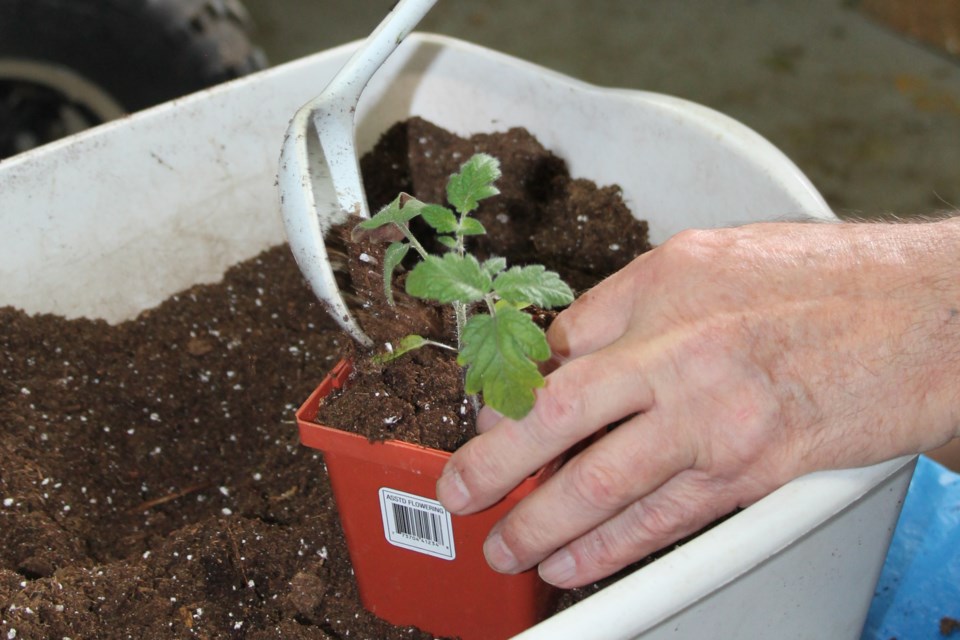Plump, ripe tomatoes, filled with flavour and yours for the picking... That’s the dream of many gardeners at this time of year, as they look forward to harvesting their own produce a few months from now.
If you’re wondering how best to get those tiny plants from your local greenhouse to produce that harvest, here’s a few tips that can help you along the way.
Harden those seedlings. It’s best not to just bring them home from the greenhouse, or from your own sunny windowsill, and plant them outside right a way. Hardening, which teaches the little plants to adapt from indoor conditions to the great outdoors, with changeable temperatures, wind and rain, takes time that is well spent. Gradually increase the time they are outdoors, keeping them out of direct sunlight for the first few days and not putting them out at all if the weather turns cold. Hardening generally takes about a week to get them used to their new environment.
Plant them in good soil. Tomatoes need well-drained, well-aerated soil for healthy growth, and to make them the best they can be, grow them in soil rich in nutrients and to which organic compost has been added. Many successful tomato growers put a tablespoon of Epsom salts and one of crushed eggshells in the bottom of the hole for each plant when they put them out in the garden.
Space plants correctly. Planting too close to each other can stunt their growth and keeps sunlight needed for optimum growth and prevention of plant diseases from reaching each plant. If you are planting them in tomato cages, it is recommended to have the plants at least 18 inches apart, and 24 inches is ideal.
Choose the right spot in your garden. Tomatoes grow best with about seven hours of sunlight per day and if they are planted in the shade, they will not get enough energy from the sun for crop production, and although they may grow a lot of foliage, the tomatoes will be small and few in number. It is suggested to plant tomatoes in a different area of the garden each year, to avoid early blight, caused by fungi that overwinters in the soil and makes the leaves turn brown and fall off.
Choose the right varieties for your garden. Determinate tomatoes, such as the bush varieties, including Bush Early Girl, only grow to a certain size and can be grown in containers. They put out their fruit and then die. Indeterminate tomatoes will grow as big as you want, and often bigger, need to be staked in a cage and will keep putting out tomatoes all season, sometimes until frost. These varieties range from the traditional Beefsteak, Better Boy and Roma to interesting multicolored varieties such as Cherokee Purple and Green Zebra.
Pruning is recommended for the indeterminate varieties. Removing unnecessary leaves provides better air circulation and directs nutrients to fruit growth instead of feeding the leaves.
Feeding and watering are important, but must be done right. Don’t overfeed with a high nitrogen fertilizer or you will have great leaf growth but not many tomatoes. Use compost or 5-10-5 or 5-10-10 fertilizer, which is higher in phosphorous and lower in nitrogen. Water consistently, rather than letting them dry out or sit in pools of water, and it is best to water before sunrise or after sunset.
Happy tomato growing!



